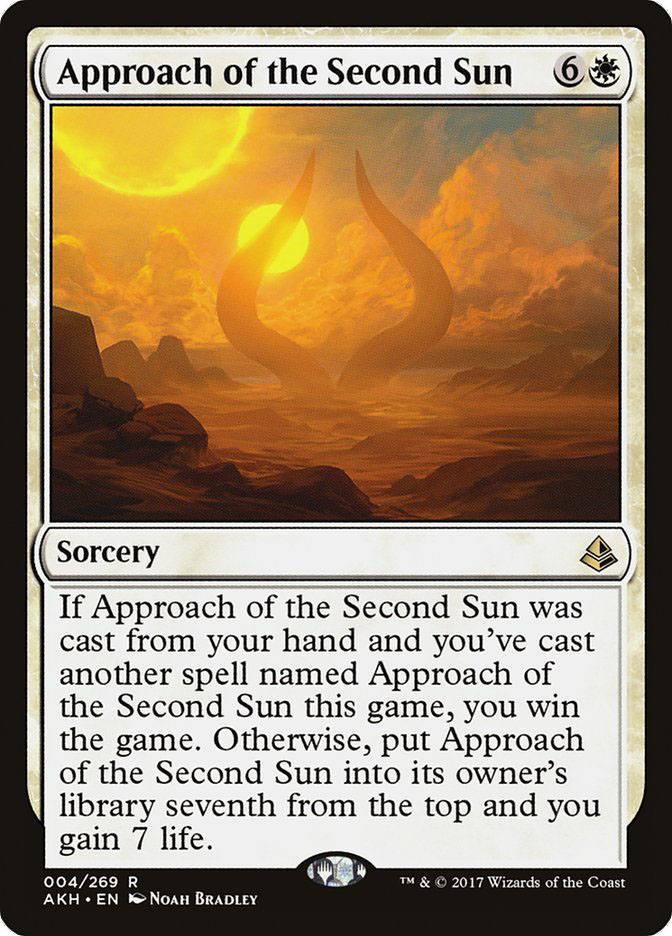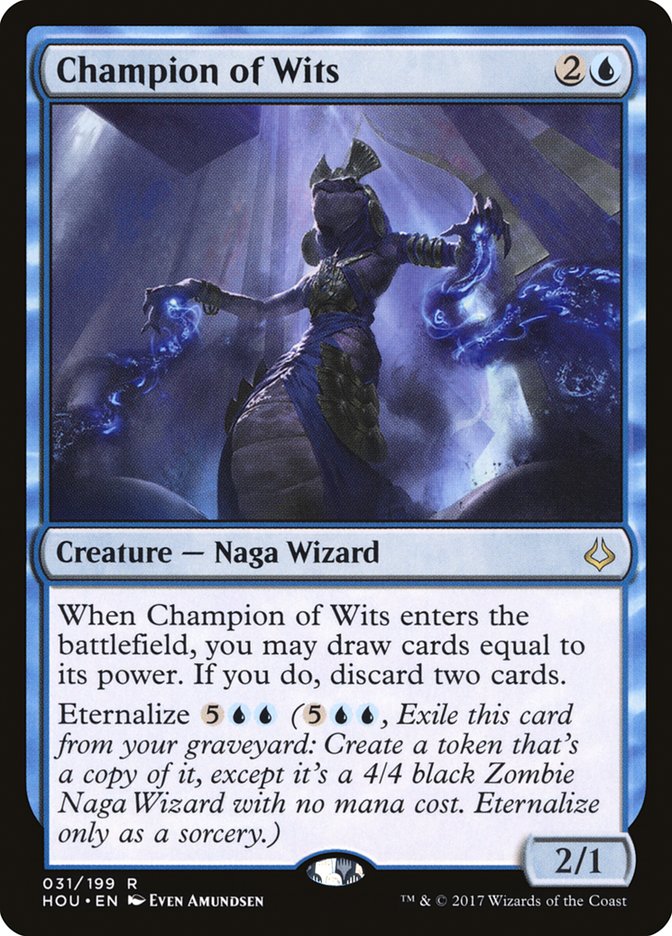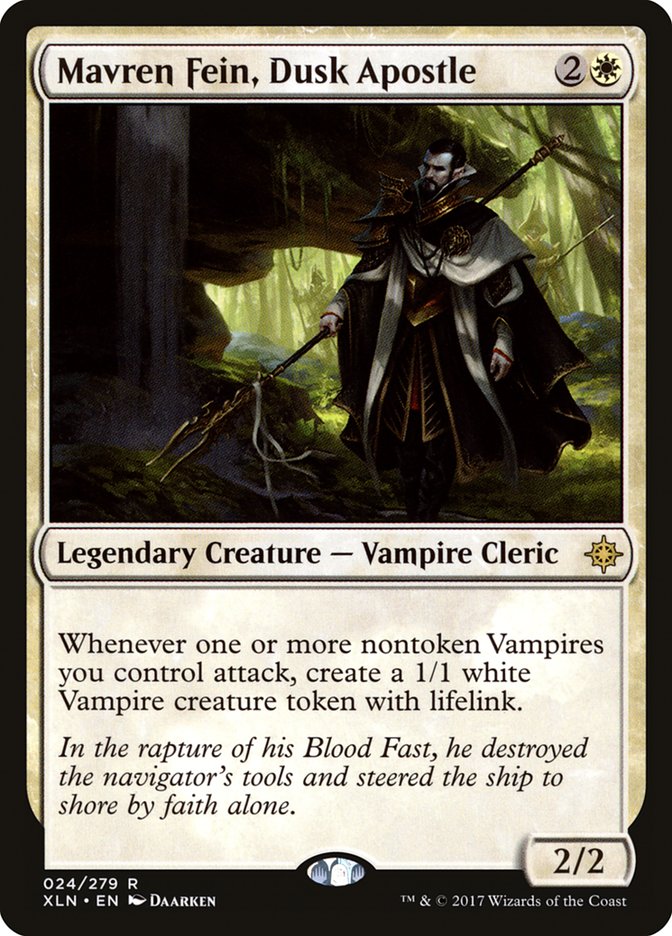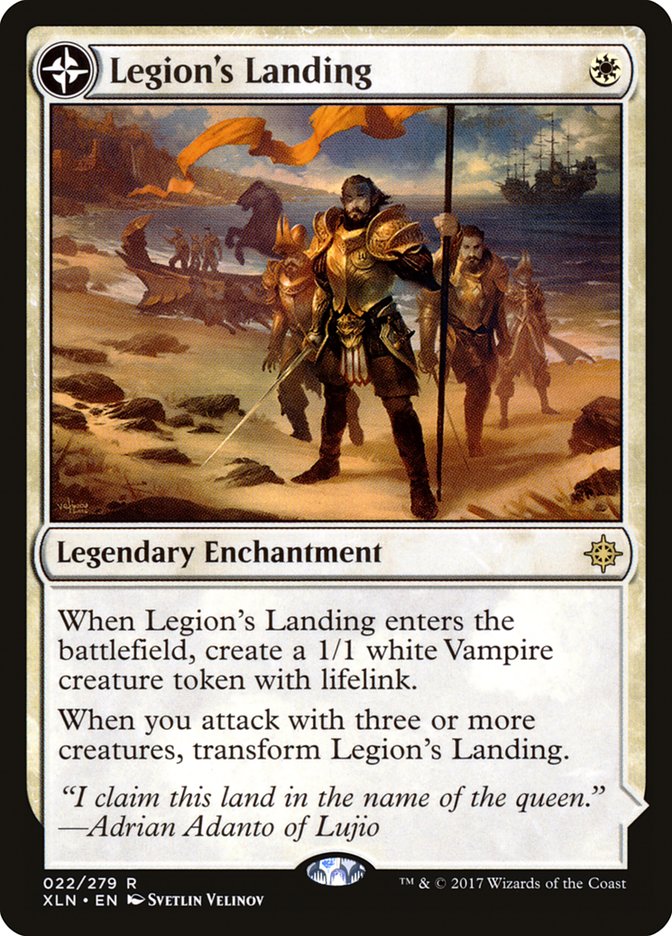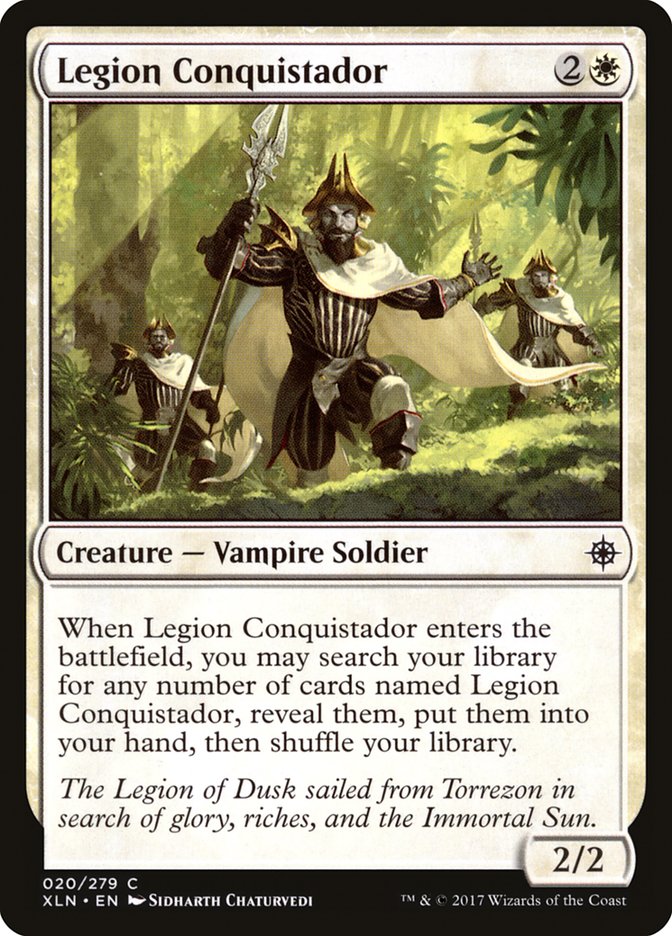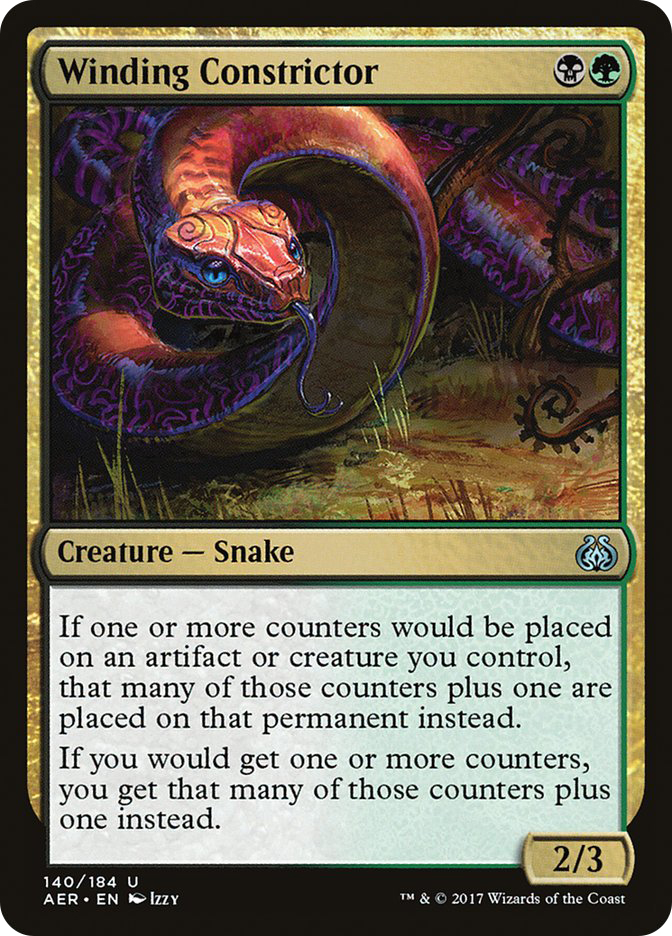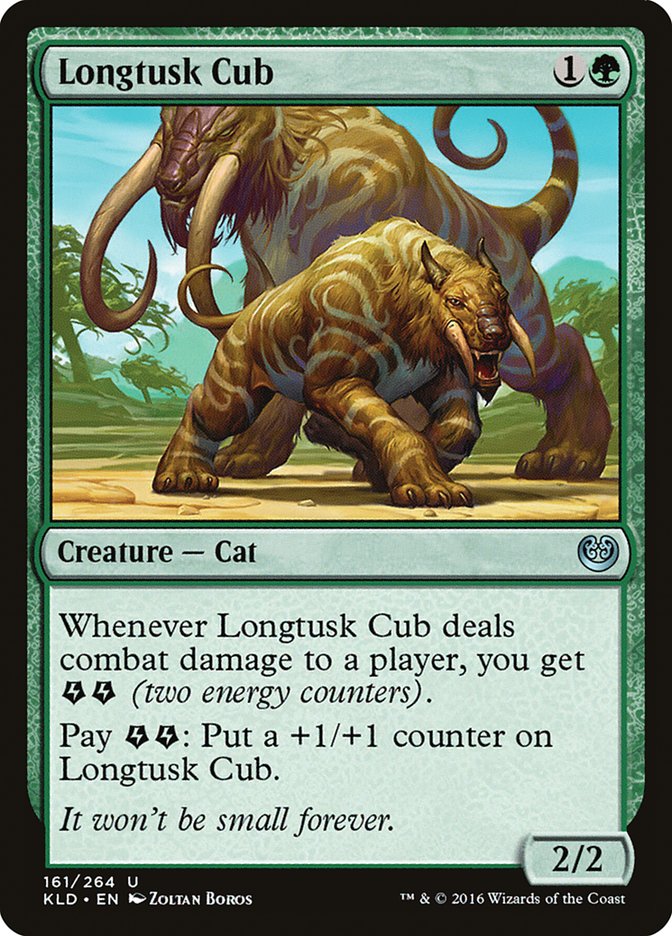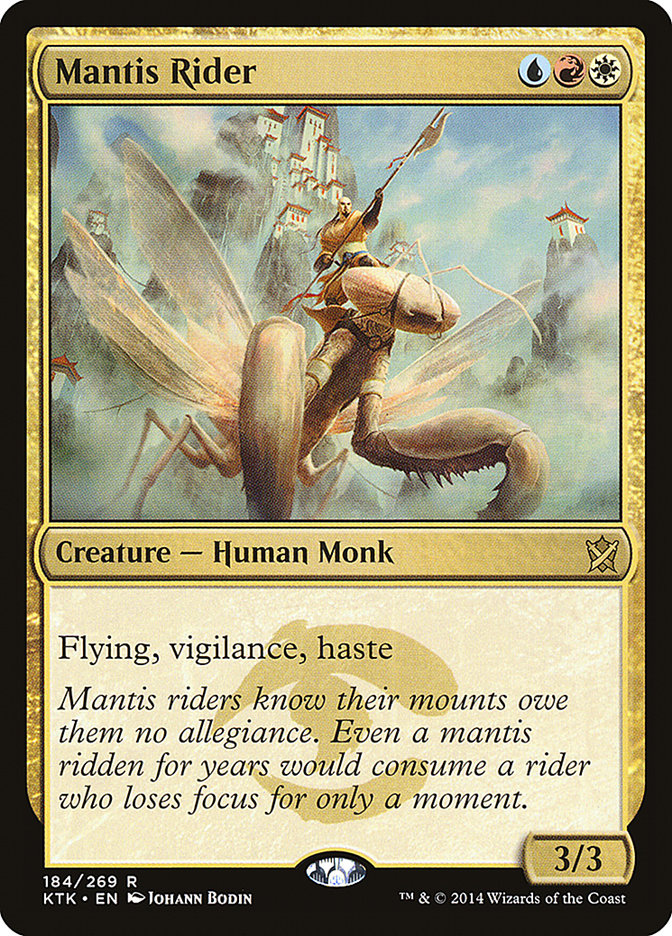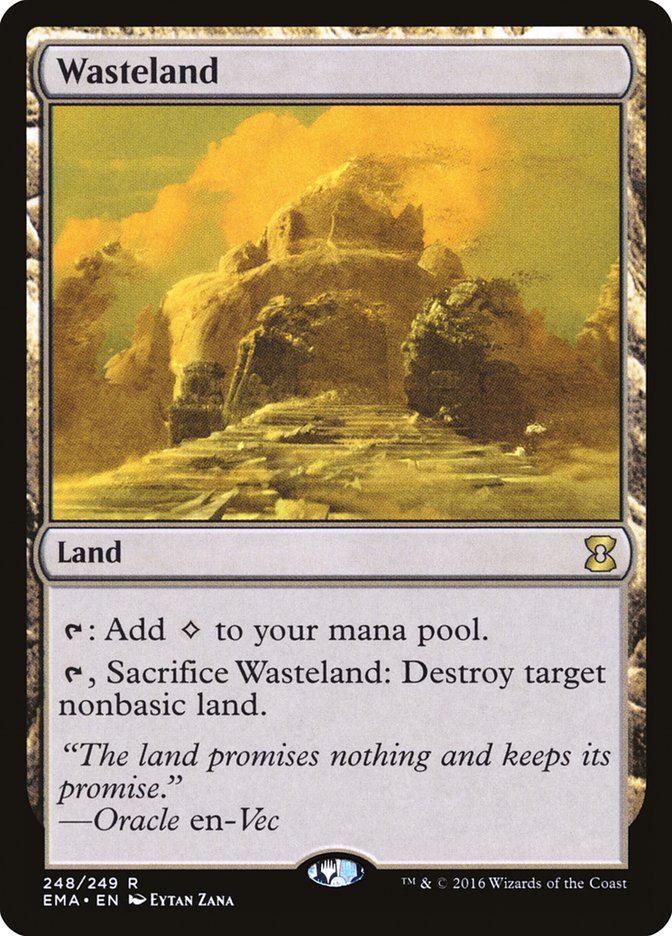[Welcome back to Fact or Fiction! Todd Anderson and Ross Merriam face five tough statements on Standard, Modern, and Legacy and must answer Fact or Fiction to each! Vote for your winner at the end!]
1. The Pro Tour metagame exceeded your expectations.
Todd Anderson: Fact. While the overall metagame was roughly what I thought it would be, the Top 8 showed a diverse set of archetypes, which is ideal moving forward. While the bulk of the tournament featured Attune with Aether (over 50%, if I’m not mistaken), it is always nice to see people being rewarded for innovation.
While an Attune with Aether deck ultimately won the tournament, it wasn’t in the same deck that most people expected. Temur Energy has been the quiet bogeyman of the format since Huey Jensen used it to win the World Championship just a few weeks ago, but I don’t think its reign will continue much longer. There are losts of viable archetypes to choose from, and many of them seem to have a reasonable matchup against the monster that is Temur Energy.
The biggest takeaway from the tournament is that, even though Temur Energy is very good at morphing into a control, aggro, or midrange depending on the matchup, those plans aren’t always good enough to get the job done. And I, for one, am very happy about that fact.
Ross Merriam: Fiction. We all knew that Temur Energy variants and Ramunap Red would be far and away the most-played decks. I was aware that there were some different aggressive decks emerging like Mardu Vehicles, Mono-Black Aggro, and B/R Aggro that would be bit players in the tournament, and I expected some control to be present.
That’s essentially what happened, with Mono-White Vampires (which isn’t really that Vampire-y) being the only real surprise deck. From my expectations, control underperformed and the top decks remain the top decks moving forward with very little change.
Even for a tournament played well into the life cycle of a format, that’s a disappointment, even if the metagame mostly met expectation. We’re all used to Pro Tours being sources of innovation and driving the metagame forward, and while its placement on the calendar meant this Pro Tour would struggle to live up to that, I still expected more, or at the very least hoped for it.
2. The Vampires deck is real.
Todd Anderson: Fiction. 8-2 is a solid record at a Pro Tour in the Constructed rounds, and Wilson Hunter came just shy of making it into the elimination rounds, but I’m still not convinced that this deck is the real deal. The early draws can certainly steamroll some opponents, but my gut tells me that this deck just doesn’t have the punch to break through into the format at full speed.
Over the next few weeks, I think we’ll see some people trying it out, but I doubt many cards will change. Monocolored decks tend to be weaker as a format develops because they have access to fewer colors and therefore fewer options for adapting their deck to a changing format. Plus, this deck is pretty bad against Winding Constrictor and Walking Ballista.
If control decks come back in full force, I do think this deck has a shot at becoming a real contender in Standard. Your early drops can outpace their removal spells, and you don’t have to commit too many cards to the battlefield in order to clock your opponent. Other than that, I think you just get outclassed by both Sultai Energy and Temur Energy. Whirler Virtuoso seems like a nightmare, but I could be dead wrong.
Ross Merriam: Fact. If I were being entirely truthful here, I would say “I don’t know.” I have no experience with the deck beyond playing against it in a recent DailyDigestVideo and winning rather handily with an Attune with Aether deck, so not the most auspicious start.
Faced with a murky answer, I’m going to lean toward the optimistic side. Oketra’s Monument is a proven card in Standard, and the surrounding cast, while underwhelming, is by no means unplayable. I think the biggest weakness for the deck is that all of its interaction is expensive and enchantment-based, so Vraska, Relic Seeker is a problem. It also means that you’ll need to mulligan aggressively to hands that start swiftly because the deck plays poorly from behind.
I fear that many players won’t mulligan aggressively enough and the deck will underperform in the next week or two, but I’m betting that a handful of pilots will stick with it, learn it well, and perform consistently enough with it that the deck will remain a player in the long run.
3. Sultai Energy is a more proven deck than Temur and its variations.
Todd Anderson: Fiction. Just because it won the Pro Tour (and an Open) doesn’t mean it’s a proven deck. Seth Manfield is a monster of Magic player, and I would wager than 99% of the players at the tournament couldn’t have won with his exact list. Temur, on the other hand, has been swamping the Magic Online metagame for over a month now, and I don’t see that stopping anytime soon. Temur and Four-Color Energy are versatile archetypes, and you can build them in a lot of different ways to attack certain archetypes. I wouldn’t be surprised if there was a good Four-Color Energy list out on Magic Online in the next three days that absolutely crushes Sultai Energy and still has a great win percentage against the rest of the field.
And unfortunately, that’s the nature of four- to five-color green decks. You can basically do whatever you want, so long as the manabase can support it. I don’t think we’ve seen the boundaries of what Attune with Aether and Aether Hub can do just yet, but I’m confident we’ll find out soon enough.
Ross Merriam: Fiction. Come on now. Sultai Energy has a couple of trophies, yes, but Temur Energy as a shell has dominated Standard for almost the entire calendar year, including the majority of this season. Harnessed Lightning is the best removal spell in Standard and Whirler Virtuoso is a key card against aggressive decks. It’s no surprise that the Sultai deck has done well in the hands of some of the best players in the room, and I think it was a good choice for both events, but there’s simply no comparison when you compare each deck in the aggregate.
In all competition there is a tendency to overvalue first place because it’s the champion that gets the bulk of the press, hence why this question was posed to begin with. Sultai Energy has some trophies to its name, but Temur is still the more proven deck.
4. Humans will be an important part of the Modern metagame in three months.
Todd Anderson: Fiction. I might have been a little hasty in calling this deck trash in last week’s Over/Under, but I still don’t think it’s the “real deal.” First of all, it takes a very specific kind of Magic player to want to play this style of deck. And, in Modern, people tend to stay with the same archetypes over long periods of time, where in Standard it might be much easier to hop onto the next big thing. Decks cost money, and Modern is not cheap.
While Collins Mullen will still be playing this deck, and potentially doing well with it, I think it might fade off into the night. Once people realize you can just play two or three Izzet Staticaster in your Grixis Death’s Shadow sideboard, this deck is all but done for.
Ross Merriam: Fact.With how spread out Modern tends to be, it’s hard to pin down exactly what “important” means. Is it Top 10? Is it Top 5? I’m going to abandon the quest to quantify importance and instead say that there are two qualifications for it:
1. Is this a deck you’re not surprised to play against once in a tournament?
2. Is this a deck that you explicitly consider when constructing your sideboard?
We’d like to think that Modern has about 30 decks that fit these two criteria, but in reality it only has about ten. The rest are mainly considered as members of broad categories of decks (big mana, creature combo, Seize-Push Midrange, etc.) and we don’t think about them individually.
Humans’s unique construction, eschewing noncreature spells entirely save for Aether Vial, makes it difficult to neatly categorize in that manner. I also think the deck is strong enough that it will stay in the 3-5% range in the metagame, so you won’t be able to ignore it completely. Consequently, you’ll have to keep it in mind when preparing for events, so by my own definition, it’ll be important.
5. The winning team at SCG Baltimore will have four Deathrite Shaman in their Legacy deck.
Todd Anderson: Fact. For starters, I fully expect my team featuring Tannon Grace and Brennan DeCandio to win the tournament. And you can bet your bottom dollar that Tannon is going to be playing Legacy, and will absolutely have four copies of Deathrite Shaman in his deck. With that said, it is very likely that Jody Keith and Todd Stevens take down the whole thing with their new team member, and Jody does lean heavily on the Lands deck for Legacy, so we’ll just have to wait and see.
Right now, the Legacy metagame is a bit heavy on the Delver of Secrets / Deathrite Shaman package. For most aggressive/midrange blue decks, there aren’t a lot of other viable options. Because of this, people have been steadily calling for the ban of Deathrite Shaman in Legacy, and I’m mildly inclined to agree. The card is functionally a Birds of Paradise that also acts as a graveyard deterrent while also giving you some punch or lifegain as the game progresses. For one mana, that’s a hell of a deal. Does it win the game by itself? Not usually. Does it give you an incredibly diverse threat for one mana that ultimately breaks the color pie by giving black decks access to seamless mana acceleration? Absolutely.
My heart says that Deathrite Shaman was a mistake to print. It was too good for Modern, and we’re slowly starting to see that it’s probably too good for Legacy as well. I’d be happy to see it go, but I also don’t mind it all that much. Midrange blue strategies still have a plethora of options at their disposal to win the game. It’ll just be a little slower, which is probably just fine.
Ross Merriam: Fact. As a devoted Storm pilot, this one pains me. I could cop out and say that Elves will win the tournament, but that’s just not going to happen. Also, were I attending, I could take the confident (read: arrogant) way out and say that I’m going to win and I’ll be playing Storm, but honestly, I don’t even think I’d want to take the Legacy slot for my team, given how little I play the format these days.
Deathrite Shaman is a pretty messed-up card in Legacy, and while Patrick Sullivan may be curmudgeonly dismissive of the calls to ban it, I don’t think it’s out of the question. It’s green on the surface but in practice it’s a mana creature for U/B decks, which is problematic for color pie balance.
Because of that power level, Deathrite Shaman has become ubiquitous in the format, and the fair blue decks in which it makes its primary home are the most popular decks, especially among Legacy aficionados, who will form an even larger share of the metagame in a team event when their less experienced teammates can be put into the other formats. This one is just a numbers pick for me, but I’m hoping Caleb Scherer proves me wrong.



